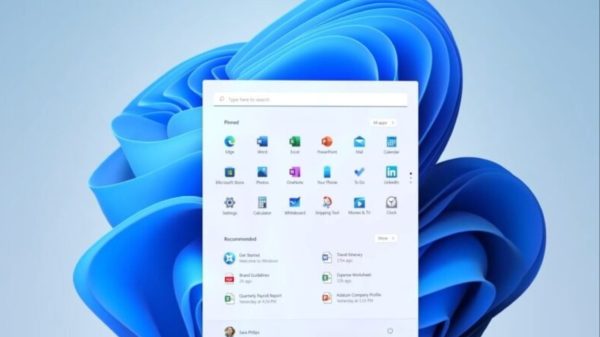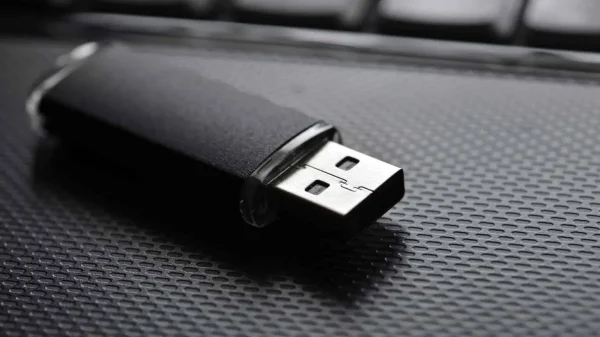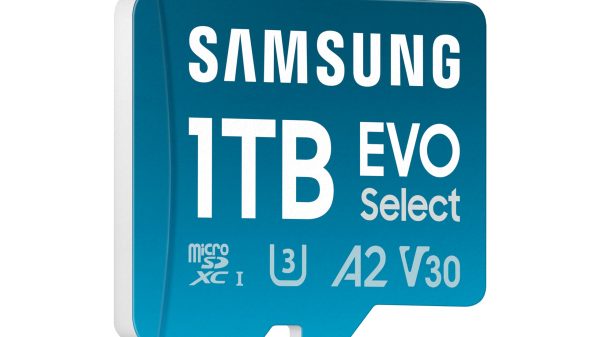Google’s Pixel Buds Pro wireless earbuds have been touted as a game-changer in audio technology, promising to deliver unparalleled sound quality and improved call clarity thanks to its Bluetooth Super Wideband feature. But is this technology truly revolutionary, or just a repackaging of what’s already available on the market?
To understand the significance of Bluetooth Super Wideband, it’s essential to know what it is and how it works. This technology is part of the new family of features introduced with Bluetooth LE Audio, which dedicates more bandwidth to the voice portion of a phone’s Bluetooth connection. This increased bandwidth allows for greater fidelity, potentially preserving more audio information than traditional Bluetooth connections.
This is not a new idea, as Qualcomm’s Snapdragon Sound platform has been providing a similar boost via its aptX Voice feature. However, in order to benefit from it, both the wireless earbuds and the Android phone need to support Snapdragon Sound.
The question remains, how much resolution is present in our voices? The answer depends on various factors such as the conditions, microphones, and earbuds’ noise suppression algorithms. All of these factors affect the starting point of voice quality, long before the benefits of Super Wideband kick in.
During my review of the Google Pixel Buds Pro, I found that they performed decently well with voice quality when indoors, but their noise suppression software wasn’t as effective when dealing with outside sounds. Adding Super Wideband means more of the captured sound (whether it’s good or bad) will be transmitted. This raises concerns that the technology may not necessarily improve call quality across the board.
Google’s Pixel Buds Pro
Rather, it’s the quality of the voice being transmitted that is subject to many other factors. Under optimal conditions, it could improve call quality on the Pixel Buds Pro, but it’s not necessarily going to make a significant difference everywhere.
The best wireless earbuds for call quality include models like Jabra Elite 7 Pro, AirPods Pro Gen 2, and Status Audio Between 3ANC, which perform very well under various conditions, even without the help of Bluetooth Super Wideband.
As Google puts it, the Pixel Buds Pro is aimed at providing conversation detection, lower latency for gaming, and a way to keep an eye on safe listening levels. However, the success of these features largely depends on the company’s ability to overcome the challenges posed by traditional Bluetooth connections.
It’s clear that Google has invested heavily in its Pixel Buds Pro, and the Super Wideband feature is an attempt to revolutionize the wireless earbuds’ audio capabilities. However, the jury is still out on whether this technology will live up to its promises.
Needless to say, I am eager to test the Google Pixel Buds Pro using Bluetooth Super Wideband to see how much of a difference it makes. With the Pixel Buds Pro already available in the market, it will be interesting to see how customers react to this new technology and whether they can truly notice a significant improvement in call quality. Only time will tell if Google’s Pixel Buds Pro is truly a game-changer in wireless earbuds.








































